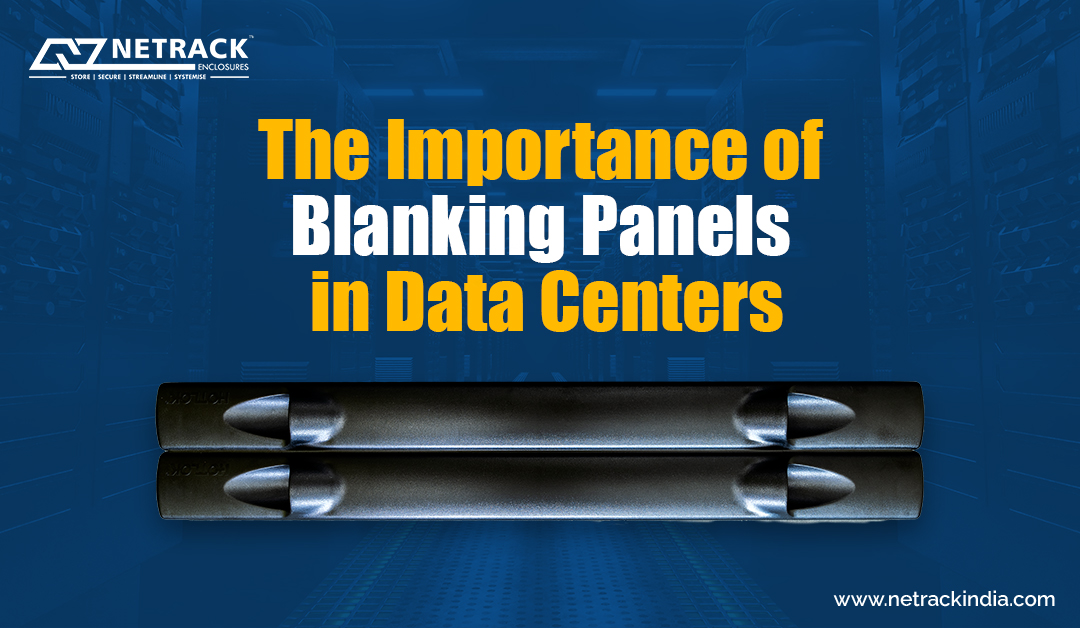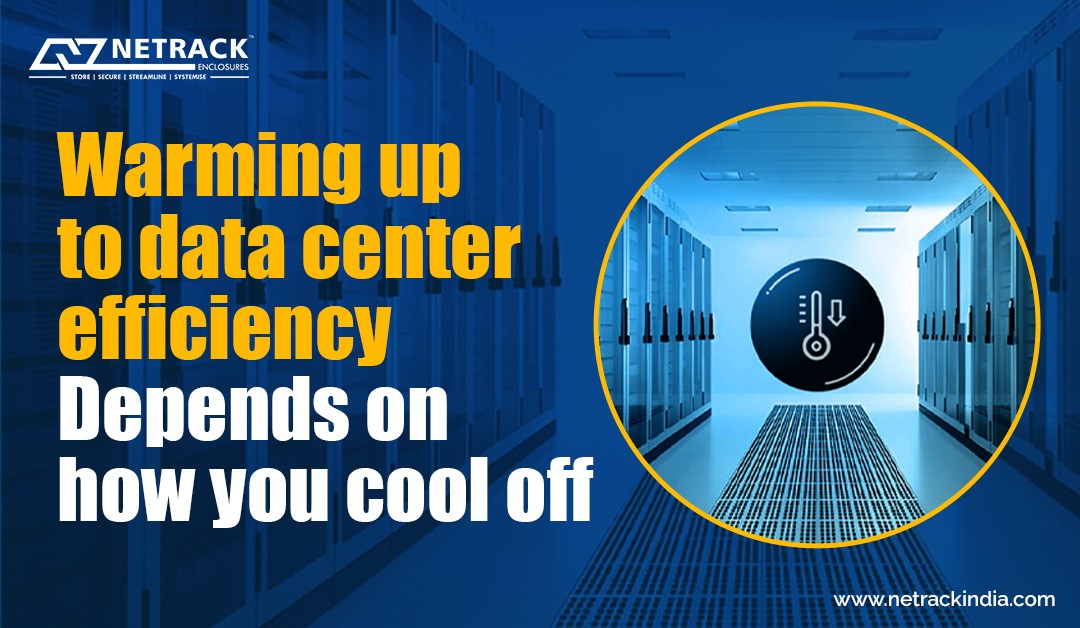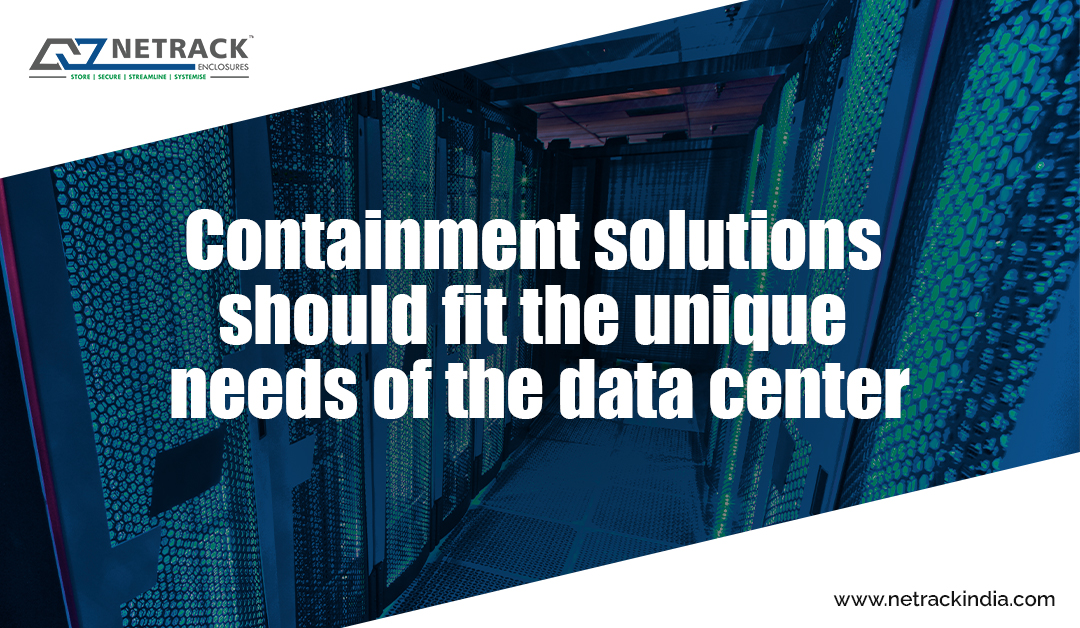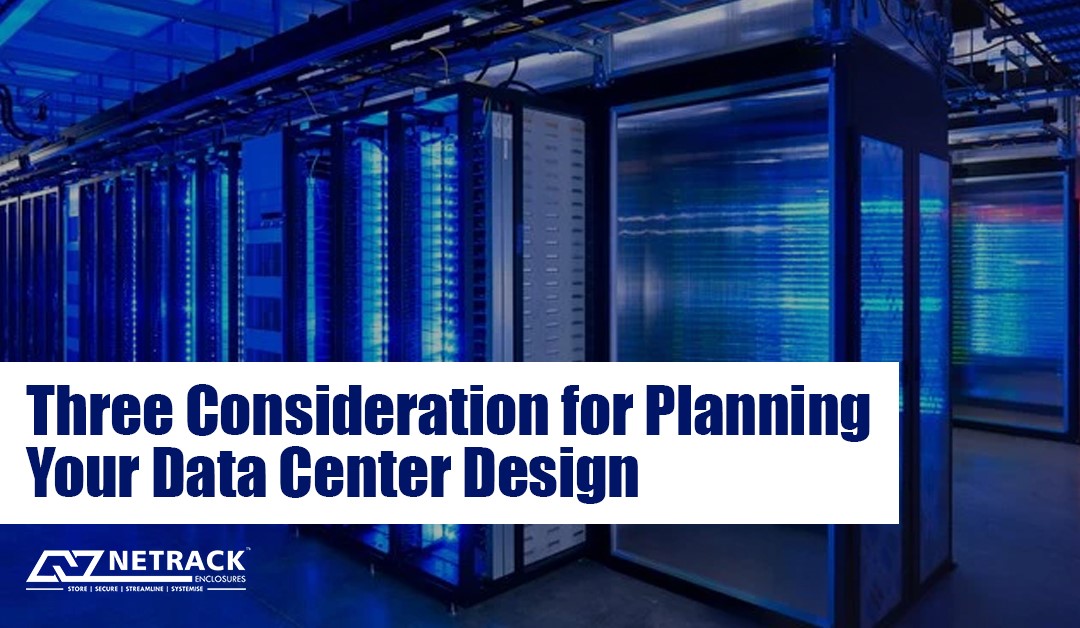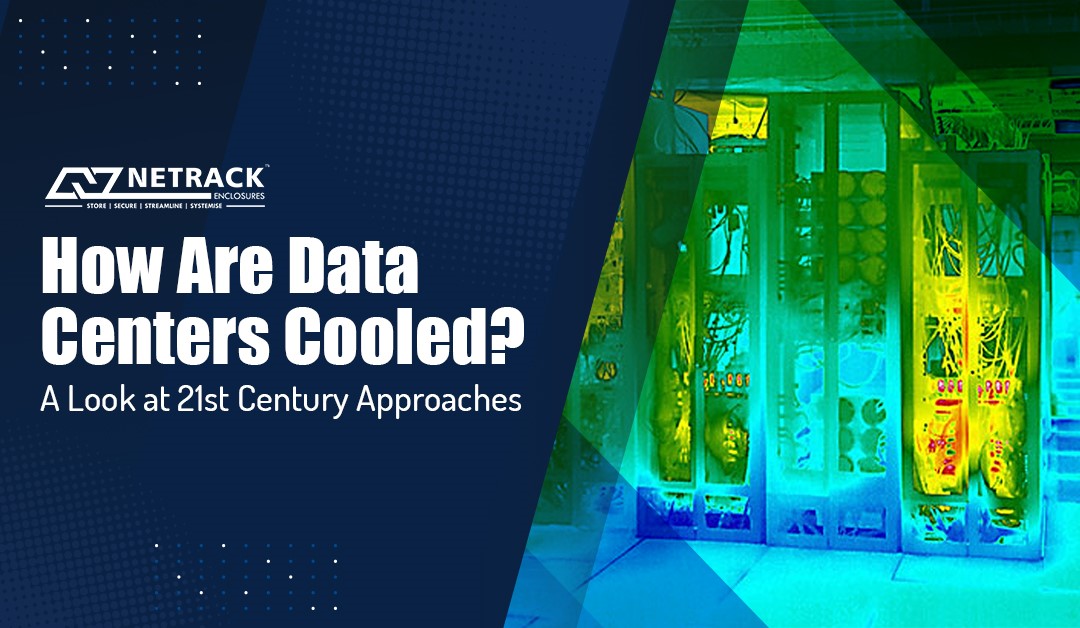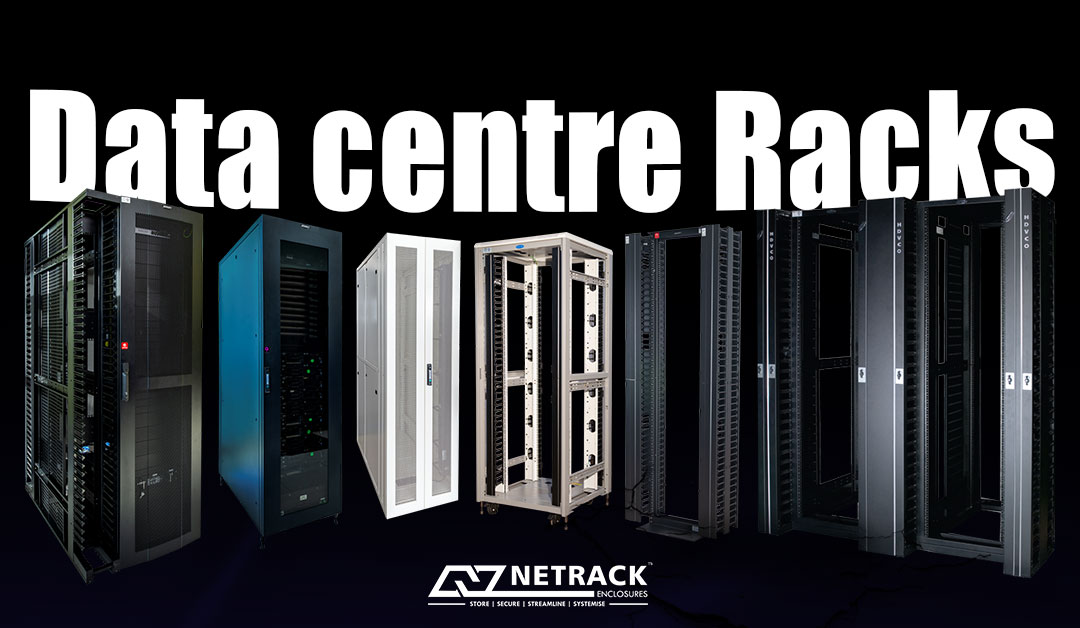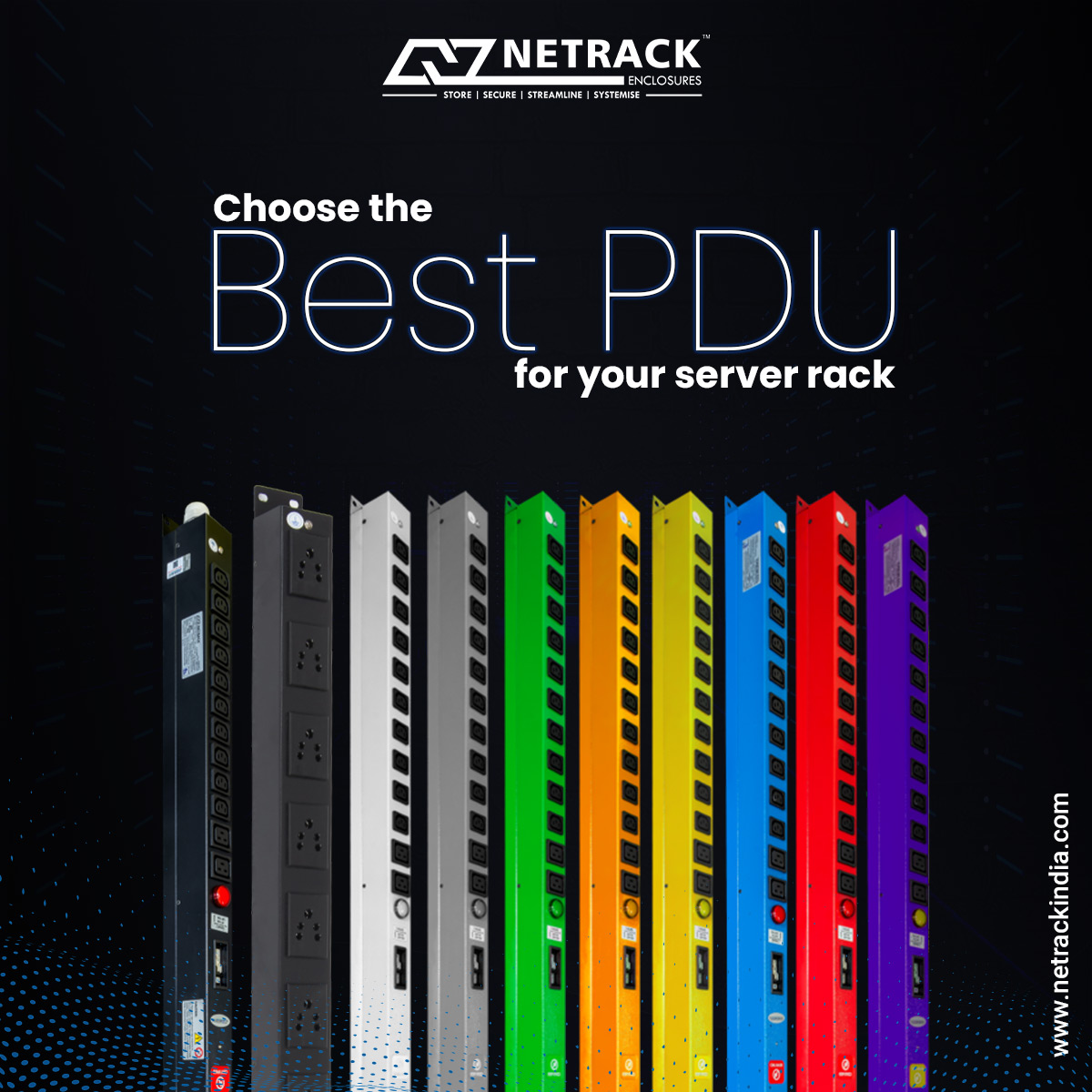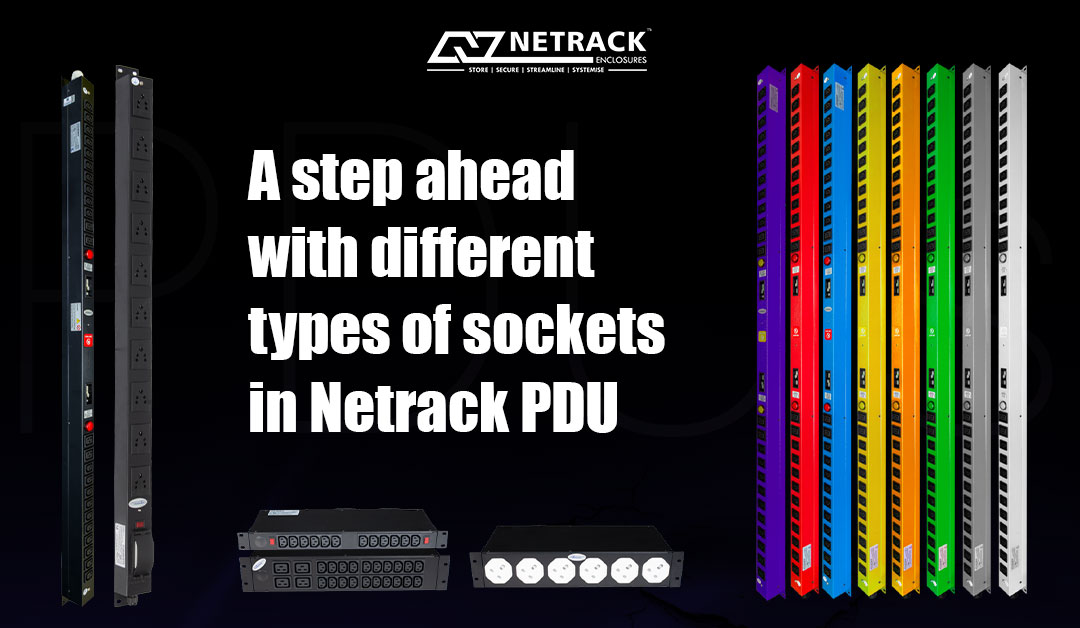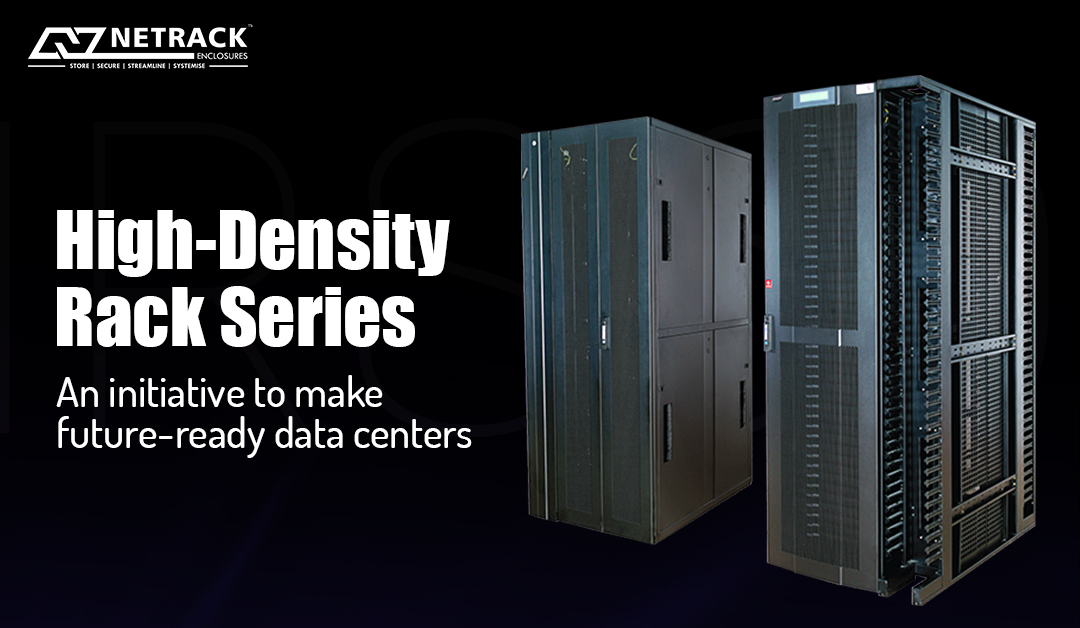The Importance of Blanking Panels in Data Centers
The Importance of Blanking Panels in Data Centers The need for data center solutions also increased over time with the growing importance of data centers and their critical role in organizations. The focus of such data center solutions is to ensure sufficient cooling of the mission-critical equipment hosted by the data centers, effective airflow management, and efficient data center functioning with zero downtime. Need to keep data centers cool One of the primary determining factors of an organization’s growth is scalability. So, with time organizations need to accommodate additional server racks, which may result in overheating. Here blanking panels play an essential role in the data center solution to keep the air cool. These blanking panels, also known as filler panels, are deployed on single or multiple unused rack units. They act as a barrier for the unused U Space in racks preventing hot and cold air from mixing. Such an arrangement efficiently prevents
Read More
